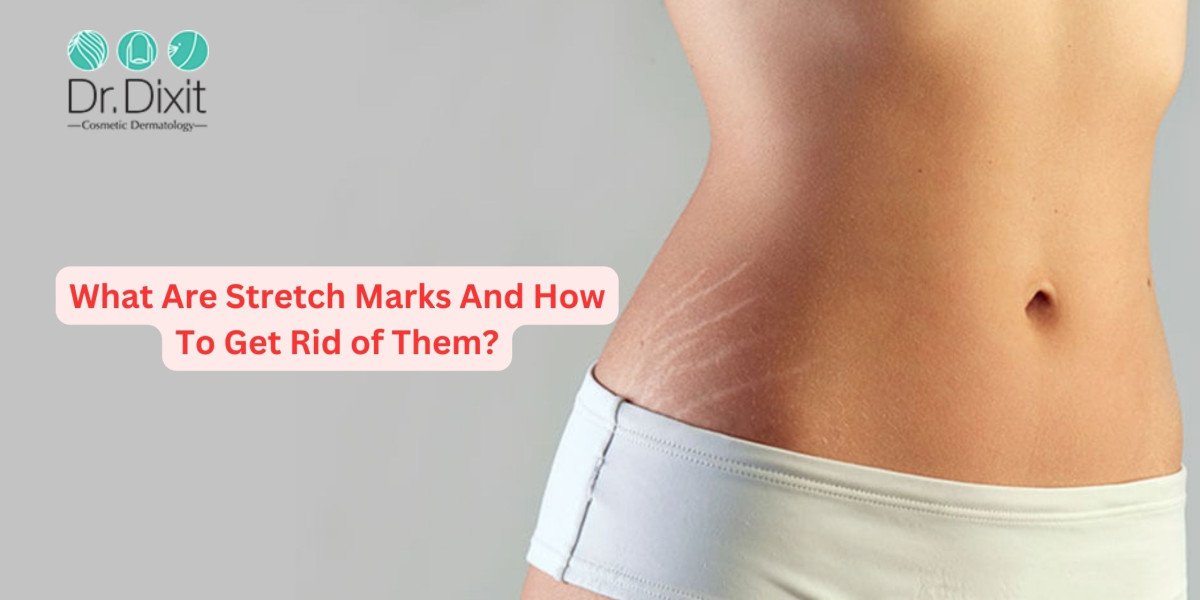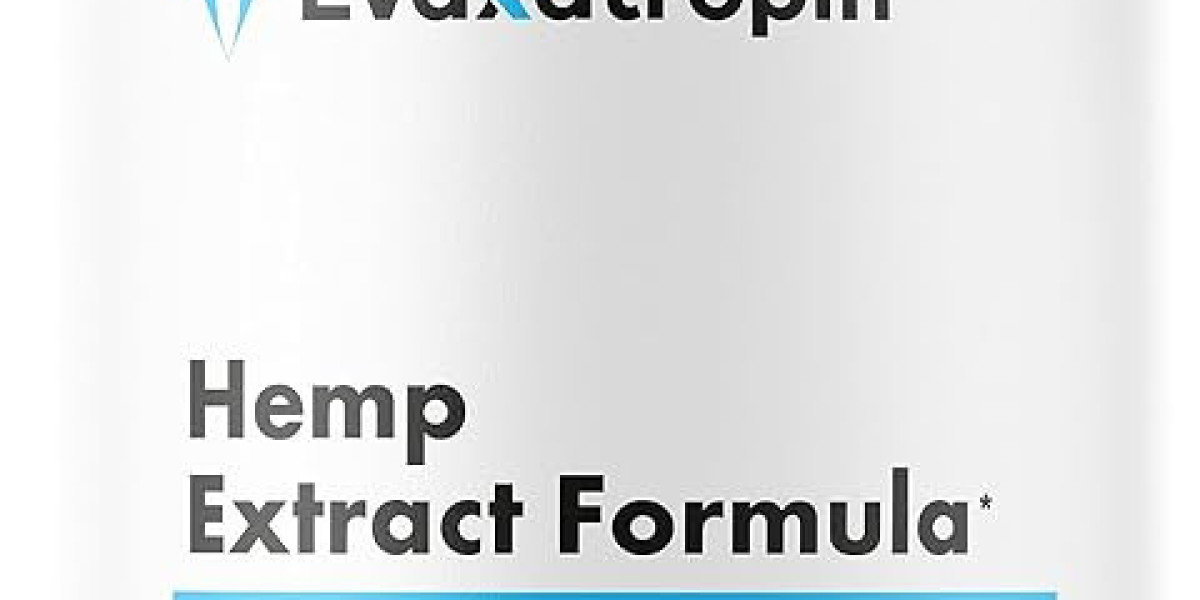Stretch marks are expected to occur following pregnancy. However, they are not limited to that; many other reasons can lead to stretch marks. Though stretch marks are not harmful and do not pose a risk to your health, they are not appealing to look at and can cause you stress and social anxiety and make you nervous about your appearance. However, the good news is you no longer have to trouble yourself with these stretch marks. You can eliminate them with the assistance of medical treatment and specific methods.
Based on the insights from Dr. Rasya Dixit, the best dermatologist in Bangalore, this article will talk about stretch marks and how you can get rid of them. So, let's start by understanding stretch marks in detail.
What Do You Understand By Stretch Marks?
Stretch marks are those scars that result when your skin rapidly stretches or shrinks, showing up as a band of lines running across your skin. It is widespread to get stretch marks on your body; according to a report, 90% of people have them. They commonly appear during or after the pregnancy or after sudden or rapid changes in your weight. These marks can appear anywhere, but they are most familiar to be found at:
- Upper arms
- Stomach
- Breasts
- Thighs
- Buttocks
If you touch these stretch marks with your fingers, you may feel a slight ridge or indentation on your skin. Even in some cases, they could also feel itchy or sore. Moreover, stretch marks are not considered to be harmful to your health. Like other scars, they can also be permanent, but usually, they may change or fade over time. For example, you can notice stretch marks from pregnancy fade around 6 months after their formation.
Signs And Symptoms of Stretch Marks
The possibility of how stretch marks appear depends on factors such as:
- Your natural skin tone
- Your skin's health and elasticity
- Affected body part
However, these stretch marks appear in colors and textures different from your skin. Their color can typically range from purple to red to light grey to whitish.
Signs of Stretch Marks you can notice are:
- Skin itching and irritation before stretch marks appear
- Thinned or glossy lines on your skin that may appear whitish over time
- Depending on your skin type color, you may notice pink, purple, red, bluish, or dark brown streaks
- Streaks on your skin, which can vary in length and width
What Causes Stretch Marks?
The two primary reasons that lead to stretch marks are:
- An increase in cortisone in your system
- Stretching skin
These marks can also appear commonly in some instances due to the following:
- Corticosteroid creams, pills, and lotions can contribute to stretch marks by reducing your skin's ability to stretch.
- Unexpected weight loss or gain can be the result of stretch marks. Teenagers may also notice stretch marks after a sudden growth spurt.
- Many women experience stretch marks during pregnancy as their skin stretches in many ways to make room for the developing fetus. This continual tugging and stretching can lead to stretch marks.
Who Is At Risk of Developing Stretch Marks?
People who are at risk of developing stretch marks are:
- One who is pregnant
- Have a family history of stretch marks
- Have Marfan syndrome
- Taking corticosteroid medications
- Sudden weight loss and gain
- Have a history of delivering twins
- High body weight
Health Conditions That Leads To Stretch Marks?
Certain health conditions can contribute to stretch marks, and they are:
- Chronic liver disease
- Anorexia nervosa
- Ehlers-Danlos syndrome
- Marfan syndrome
- Cushing's syndrome
How Can You Prevent Stretch Marks?
You can use various products and procedures to lighten or minimize the appearance of stretch marks on your body. The common suggestions you can take to prevent stretch marks are:
- Self-tanning lotions
- Prescription creams such as hyaluronic acid, retinol and tretinoin
- Maintain a healthy diet
- Avoid overeating
- Bitter almond oil
- Cocoa butter, shea butter, Moisturizers
- Olive oil and vitamin E oil
- Stay hydrated by drinking plenty of water
How Long Do Stretch Marks Take To Fade?
In general, stretch marks may take 6-12 months to fade, but they often fade faster with treatment. When you do not find any positive results after using home remedies to prevent stretch marks, it is best to consult your skin specialist and opt for medical treatment for stretch marks.
Medical Treatment For Stretch Marks
Stretch marks are identified as the dermis' full-thickness deficiencies due to a lack of collagen and elastin, the fibers that help your skin to remain tight. This deficiency typically arises from continuous skin stretching beyond its natural capacity. And the goal of the treatment is to ensure you get rid of these unappealing stretch marks.
- TIXEL Treatment- This technology helps provide controlled heat levels to the fibroblasts. These heat shock proteins help improve scards for up to three months following a single session of TIXEL.
- Fractional CO2 Laser and Fractional Microneedle- These treatment methods effectively address stretch marks by promoting collagen production and skin regeneration. Make sure you consult your dermatologist to plan your treatment effectively.
- Microneedling with Growth Factor- Microneedling with tools like derma pens and derma rollers creates controlled injuries to collagen fibers, triggering fibroblast activity. It improves skin texture and stimulates new collagen production. Moreover, adding growth factors gives fibroblasts an extra boost, aiding in faster recovery.
Treatment Procedure and Post-Care
The area to be treated is marked and cleaned with alcohol, and a local anaesthesia cream is applied for an hour. After removing the cream, the laser or derma roller handpiece is applied over the treatment area. Growth factors are then injected over the treated area. Following the treatment, soothing creams are used. It's important to avoid rubbing or scratching the treated area and refrain from wearing tight clothes, swimming, and sweating for one-week post-treatment.
In Conclusion
Stretching is very common and can occur in anyone. Though they do not risk your health, they are not appealing to look at and make you conscious about yourself. If you are also dealing with stretch marks, you can consult a skin doctor and plan your treatment.
You can consult Dr. Rasya Dixit at Dr. Dixit Cosmetic Dermatology Clinic. With her rich experience, compassionate approach, and proven success record, she is renowned as the best dermatologist for Stretch Marks Treatment In Bangalore. To plan your treatment journey to stretch marks-free skin, book your appointment with her and visit Dr. Dixit Cosmetic Dermatology Clinic today!















